Some days ago, it was revealed by the director general of COAI (Cellular Operators Association of India), Rajan S Mathews, that Reliance is going to launch its 4G network starting December this year.
It may be recalled that when 3G was launched in India, device manufactures had started flooding the market with 3G phones six months before the actual roll out. A similar trend is also seen on the 4G devices front as device manufactures launch LTE dongles at regular intervals.
Yesterday, Nokia Siemens Networks (NSN) launched three new 4G devices at PT Expo Comm in Beijing, China. The devices allow consumers to enjoy Broadband access at up to 102 Mbps (megabits per second) downlink and 51 Mbps uplink to support data-intensive services on TD-LTE (time division-duplex, long term evolution) networks.
During the unveiling, a spokesperson of NSN said, “As soon as operators in India roll out 4G services in India we will be able to provide dongles to consumers for experiencing it.”
Qualcomm, in collaboration with Huawei, ZTE, Quanta and BandRich, has also launched LTE TDD multi-mode devices which will support HSPA+, HSPA, LTE and EVDO networks in multiple frequencies.
The devices, which were displayed during an event in New Delhi recently, include data dongles, routers and tablets. The four companies that announced the products are both consumer brands as well as ODMs (original device manufactures).
Announcing the launch, Avneesh Agrawal, president of Qualcomm India and South Asia, said, “The announcement of multi-mode LTE TDD devices today is a significant milestone for the commercialisation and deployment of LTE in concert with 4G for Indian BWA operators.”
Indian handset brand Beetel of the Bharti group has also stated that it will launch LTE tablets based on Android around Diwali this year.
Both LTE and WiMax, called 4G or BWA technology, offer very high speed wireless broadband access at theoretical speeds greater than 100 Mbps; while users can access real speeds of 10 Mbps on these networks. What is also good is the fact that LTE is backward compatible with both GSM and CDMA networks.
During the BWA (broadband wireless access) spectrum auction in June this year, Infotel Broadband Services (now owned by Reliance Industries) won licenses for 22 circles while Aircel won eight, and Bharti Airtel and Qualcomm won four circles each, Tikona won five and Augere managed one.


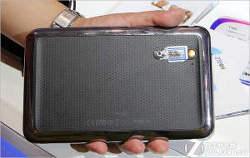

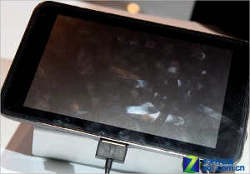 However, the Tegra 3 chip in this tablet will be slightly under-clocked to 1.3 Ghz instead of 1.5 GHz and will be capable of 1080p
However, the Tegra 3 chip in this tablet will be slightly under-clocked to 1.3 Ghz instead of 1.5 GHz and will be capable of 1080p 
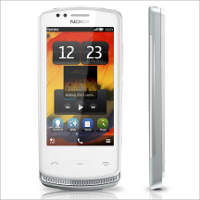
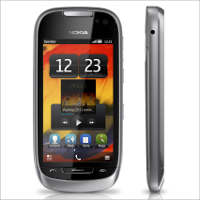
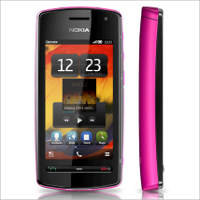 This handset too comes with Bluetooth 3.0 for high speed data transfer at low power consumption and WiFi network support for wireless data connectivity. Internationally, this handset comes with FM transmitter and internal FM Radio
This handset too comes with Bluetooth 3.0 for high speed data transfer at low power consumption and WiFi network support for wireless data connectivity. Internationally, this handset comes with FM transmitter and internal FM Radio